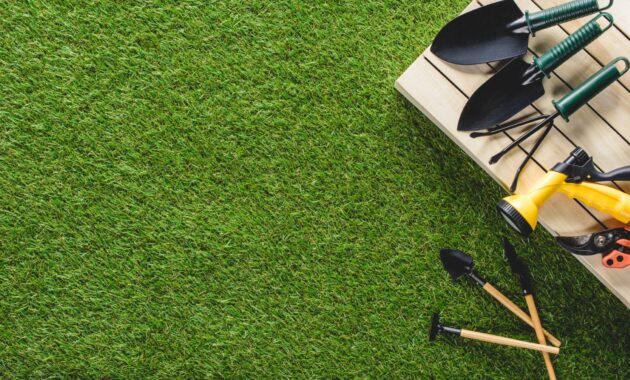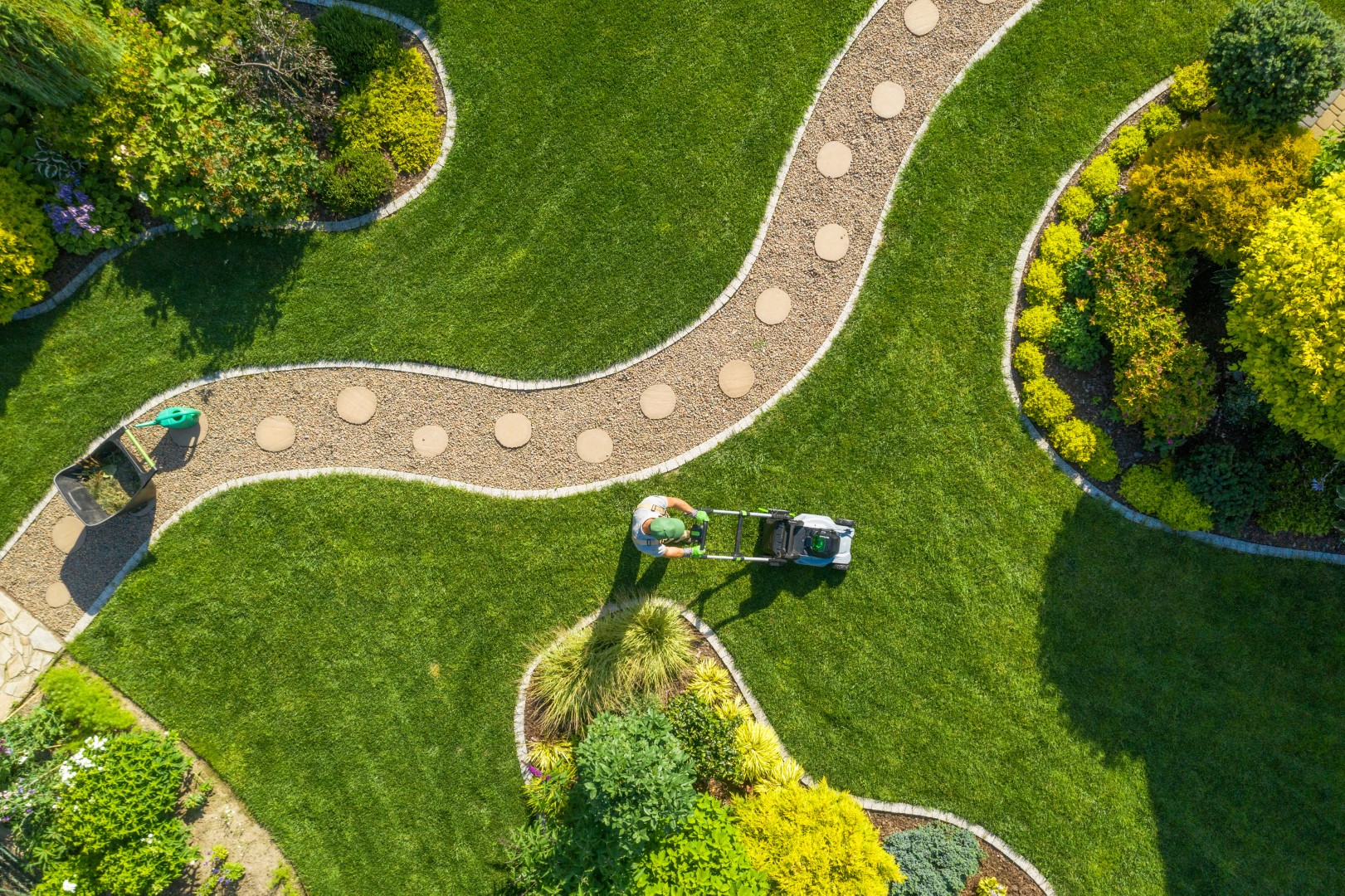A lush, green lawn is the envy of every homeowner, but achieving that vibrant carpet of grass requires more than just scattering some seeds and hoping for the best. Whether you’re starting a new lawn or reviving an existing one, planting and growing healthy grass requires careful planning and proper maintenance. From choosing the right grass type to watering, fertilizing, and addressing common challenges, here are some of the secrets to achieving that perfect lawn.
Selecting the Right Grass Variety
Before you start planting grass, it’s crucial to select the right grass variety for your specific location and needs. Different grasses thrive under varying conditions, so consider factors such as climate, soil type, and how much sunlight your lawn receives. Looking into how you can grow grass underneath pine trees is also helpful if you already have these trees in your yard and when it comes to choosing the right variety. Cool-season grasses like Kentucky bluegrass and fescue perform well in northern regions, while warm-season grasses like Bermuda and Zoysia are better suited for the south. Additionally, think about the level of foot traffic your lawn will endure and choose a grass variety that can withstand it. Properly matching your grass type to your environment is the first step toward a healthy lawn.
Preparing the Soil
Healthy grass starts with healthy soil. Before planting, take the time to prepare your soil adequately. Begin by removing any debris, rocks, or weeds from the area. Then, perform a soil test to determine its pH and nutrient levels. Adjust the pH if necessary, and consider adding organic matter like compost to improve soil structure and fertility. Properly preparing your soil will create an ideal environment for your grass seeds to establish strong roots and flourish.
Planting and Watering
When it comes to planting grass, follow the recommended seeding rates for your chosen grass variety. Ensure even distribution of seeds, and don’t forget to lightly rake them into the soil. After planting, water your lawn thoroughly, but be careful not to flood the area. Keep the soil consistently moist until the grass reaches an adequate height, usually about 2 inches. Once established, transition to a deeper, less frequent watering schedule to encourage deep-root growth. Proper watering is crucial in the early stages of growth and throughout the life of your lawn.
Fertilizing and Maintenance
Regular fertilization is essential to maintaining a healthy lawn. Consider using a slow-release, balanced fertilizer that provides essential nutrients for your grass. Follow the recommended application rates, and avoid over-fertilizing, which can lead to excessive growth and increased susceptibility to pests and diseases. In addition to fertilization, regular mowing, aeration, and weed control are vital components of lawn maintenance. Mow at the appropriate height for your grass type, aerate your lawn to improve soil aeration, and promptly address any weed or pest issues to prevent them from spreading. Consistent maintenance practices will keep your grass looking its best year-round.
Dealing with Common Lawn Issues
Maintaining a healthy lawn also involves addressing common issues that can hinder its growth and beauty. One of the most prevalent problems is weeds. Regularly inspect your lawn for weeds and apply herbicides as needed. Be cautious with herbicides and follow the instructions to avoid damaging your grass. Another common issue is lawn diseases, such as brown patches or rust.
To prevent these diseases, ensure good air circulation by not overcrowding your grass and avoid overwatering. If you notice any signs of disease, consult with a local nursery or extension service for the appropriate treatment. Additionally, keep an eye out for pests like grubs, which can wreak havoc on your lawn’s root system. Use natural or chemical treatments as necessary, but remember to maintain a balance to protect beneficial insects.
Proper Lawn Mowing Techniques
Mowing your lawn may seem straightforward, but it’s essential to use proper techniques to promote healthy growth. Firstly, ensure your mower blades are sharp to make clean cuts rather than tearing the grass. Adjust your mower’s cutting height according to the grass variety you’ve planted – different types thrive at different heights.
Typically, cool-season grasses are best kept between 2.5 to 4 inches, while warm-season grasses prefer a lower height of 1 to 2 inches. Avoid cutting more than one-third of the grass blade’s length at once to prevent stress on your lawn. Finally, vary your mowing patterns to avoid creating ruts and compaction, which can hinder healthy grass growth.

Growing and maintaining a healthy lawn is an ongoing commitment that pays off in spades. By addressing common lawn issues, practicing proper mowing techniques, and adapting your care routine to the changing seasons, you’ll enjoy a vibrant, lush lawn that enhances your outdoor living space. Each lawn is unique, and it may take some trial and error to find the perfect combination of practices that work best for your specific situation.
Discover more from Futurist Architecture
Subscribe to get the latest posts sent to your email.



